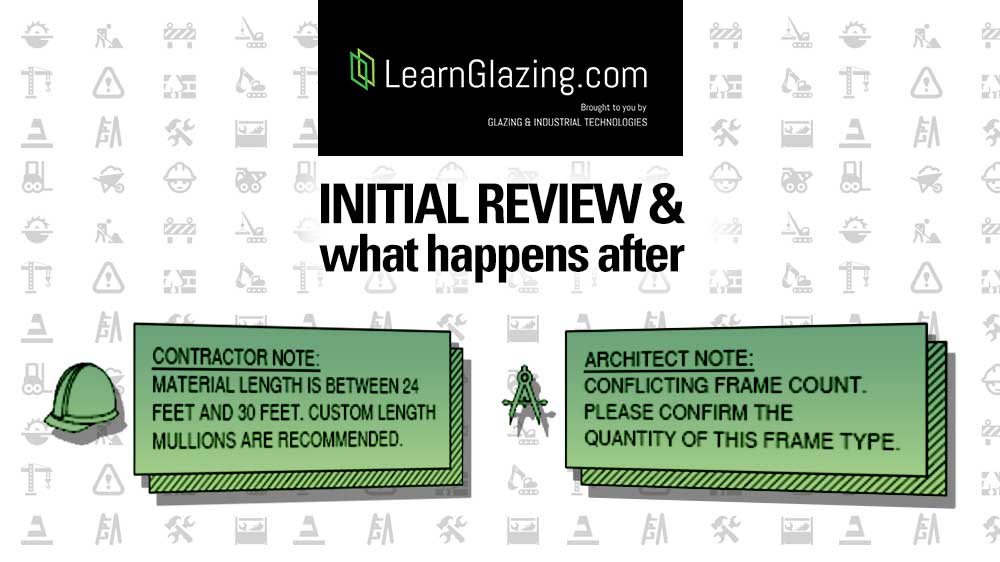
The Importance of The Initial Project Review — And What Happens After
Many project managers, forced to juggle several projects at once, struggle to find the time for thorough initial project reviews. But they’re critical for ensuring projects proceed as planned and on schedule. Without carrying out...
Read the Full Article